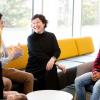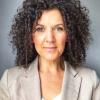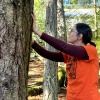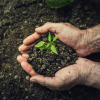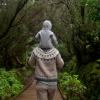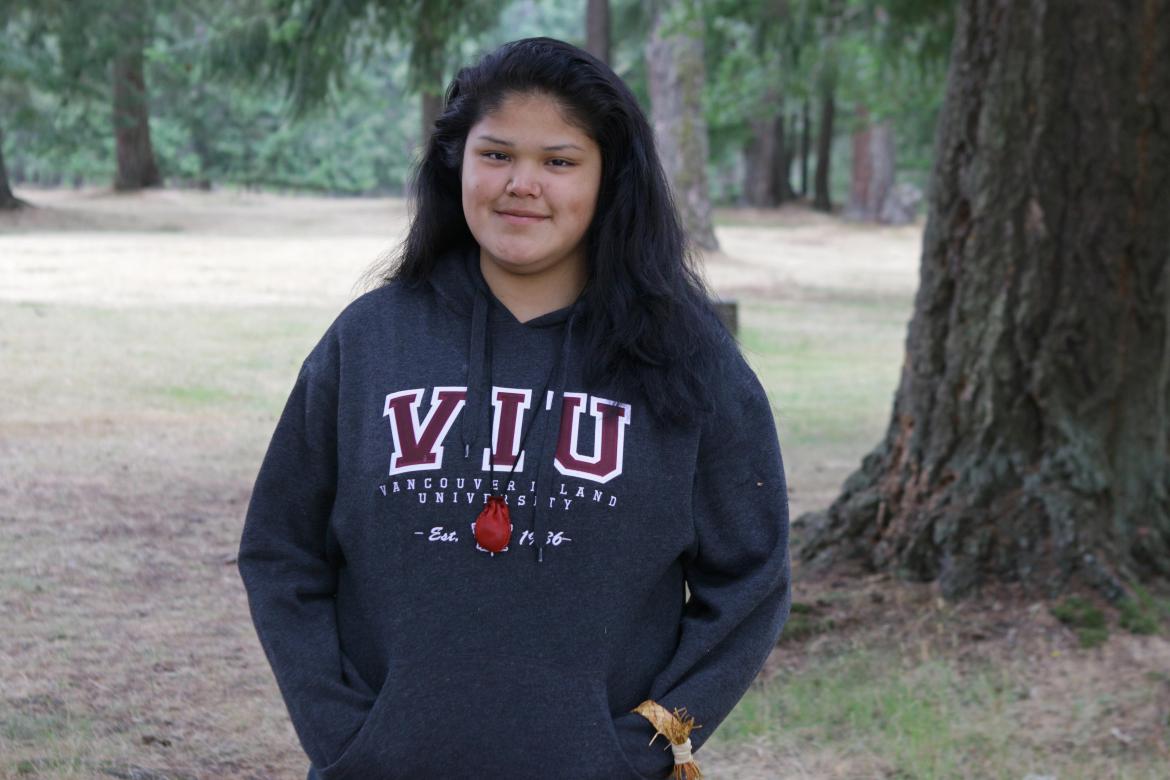
Shannon Frank is looking forward to attending Vancouver Island University next fall after attending a summer camp designed to open students’ eyes to what post-secondary education can look like at VIU.
August 1, 2019 - 6:15pm
The ḥaahuupa Summer Camp took place on Newcastle Island from July 2-5 with youth from Gold River, Zeballos, Nanaimo and Kyuquot.
Shannon Frank can’t remember a time in recent history when she’s laughed as long and as loud.
The Gold River Secondary School graduate was attending the haahuupa Summer Camp on Saysutshun (Newcastle Island Marine Provincial Park) from July 2-5 with nine other youth she’d just met from Gold River, Zeballos, Nanaimo and Kyuquot.
Organized through Vancouver Island University’s (VIU’s) Office of Aboriginal Education and Engagement, in partnership with the Nanaimo Aboriginal Centre, Tsawalk Learning Centre, Nuu-chah-nulth Tribal Council and School District 84, the land-based camp’s aim was to open students’ eyes to what post-secondary education can look like at VIU, and create positive experiences for those who may be disengaged with their current education.
Over the course of four days, Frank and the other youth began to open up and form friendships. She described for the group the painful loss of her great-grandmother, and how she had a dream that she was able to attend her graduation ceremony recently, alongside her mother and grandmother.
“I’ve never felt this comfortable anywhere else, there’s just something different about this camp,” she says. “I loved being in the wilderness, listening to the birds and ocean. I didn’t think it was going to be this fun.”
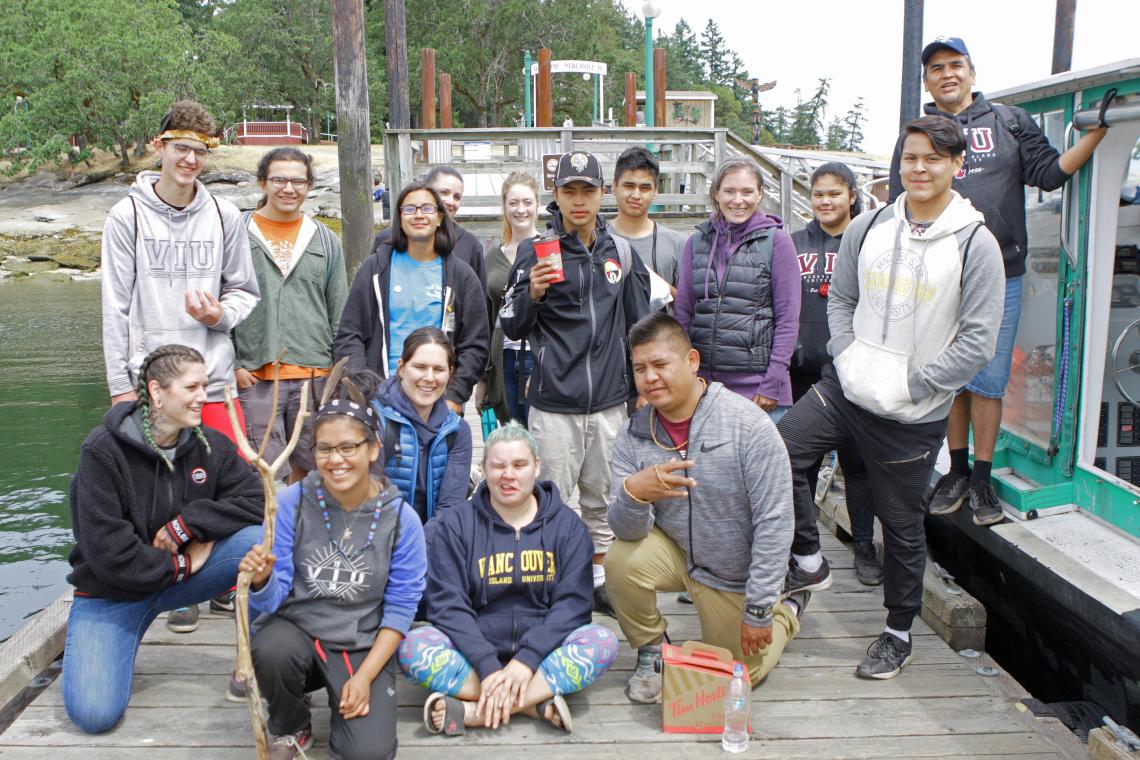
Translated from the Nuu-chah-nulth language, haahuupa means doing things the safe way, learning from our mistakes and correcting them with love and a kind heart. The camp included a campus tour; dinner at Shq’apthut, the Aboriginal Gathering Place on the Nanaimo campus; and a variety of activities on Newcastle Island, from a medicine walk and cedar weaving lesson, to canoeing with VIU Elder-in-Residence Gary Manson, to a workshop on education goals with VIU employees. Greg Charleson, a knowledge keeper from Hesquiaht First Nation, guided the students through cultural teachings, and members of the ‘su’luqw’a’ Community Cousins program shared stories of their learning journeys with camp participants while participating in activities with them throughout the camp.
On the final morning, students gathered for a learning circle to share their takeaways from the week. Many expressed gratitude for the close relationships they’d developed over the week, and opened up about individual struggles, including bullying, losing people close to them and conflicts with family members.
“During that two-hour learning circle we witnessed a major transformation and leap in growth,” says Tania Smethurst, Educational Advisor with the Office of Aboriginal Education. “The magic happened. We listened to the land, and it provided a safe space that the students really responded to.”
Frank, who starts VIU’s Early Childhood Education and Care program in September, says while she was initially scared to come, after seeing the supports available, that fear has turned to excitement.
Taras John, a member of the Mowachaht Muchalaht First Nation, was also excited to get an idea of the supports available to VIU students. With just 13 students in his graduating class at Gold River Secondary, the thought of attending a school with thousands of others was terrifying to him until he learned more about the ways he can get support and get involved. He plans to do some upgrading in Gold River with the goal of getting into VIU’s Bachelor of Science in Nursing program next year.
“I’m going to be the first person in my family to go to post-secondary,” he says. “It makes my mom so proud of me, and my siblings will have someone to look up to.”
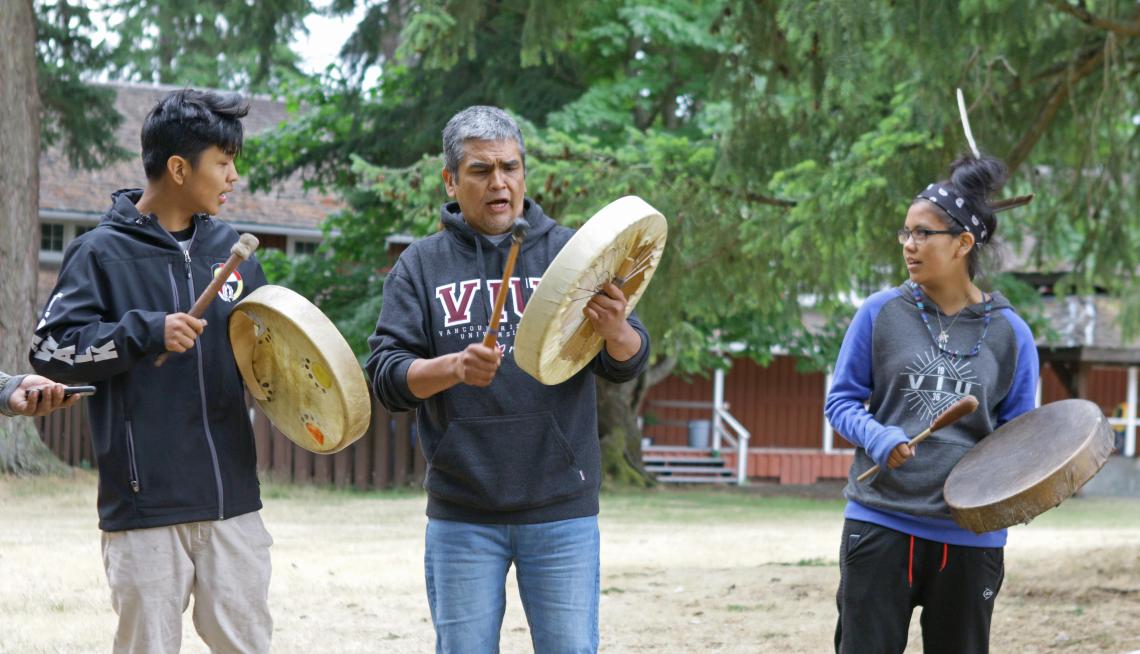 Charleson, who was with the students for the entire week, was surprised at how much the students shared with each other over the week, going from strangers to friends in days. He says hearing youth talk about their experiences in rural communities was eye-opening.
Charleson, who was with the students for the entire week, was surprised at how much the students shared with each other over the week, going from strangers to friends in days. He says hearing youth talk about their experiences in rural communities was eye-opening.
“A lot of times in our communities away from cities, we attach our garbage to our kids without really knowing it,” he says. “This is evidence of the inter-generational trauma caused by residential schools getting attached to the next generation. To me, this is the breath of reconciliation.”
Heather Burke, Learning Facilitator with the Office of Aboriginal Education and Engagement, says many of the students were going through similar issues and seeing that they are not the only ones experiencing struggles made them feel less alone.
“Many of them said it was the first time they felt happy in a while,” she adds. “You could feel the shift over the course of the week – you could tell a lot of healing had taken place.”
-30-
MEDIA CONTACT:
Jenn McGarrigle, External Communications Advisor, Vancouver Island University
P: 250.740.6559 | C: 250.619.6860 | E: Jenn.McGarrigle@viu.ca | T: @VIUNews
Tags: Indigenous | Reconciliation | Teaching and Learning

